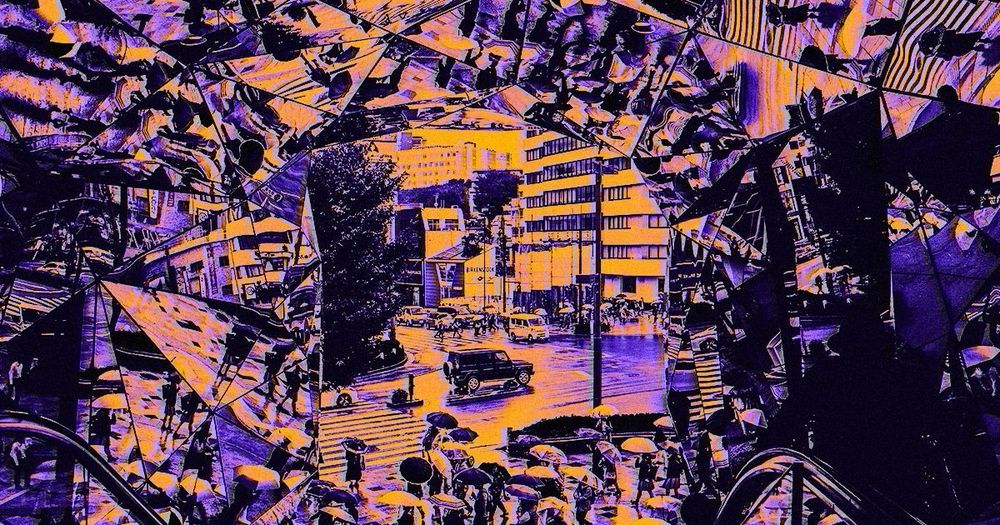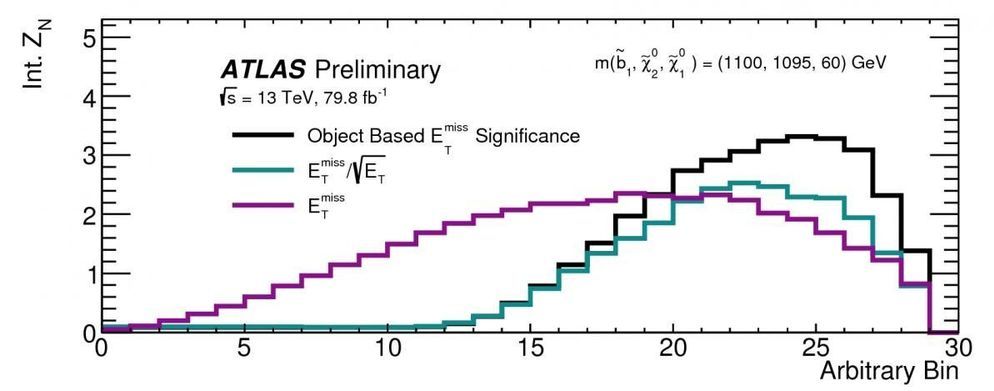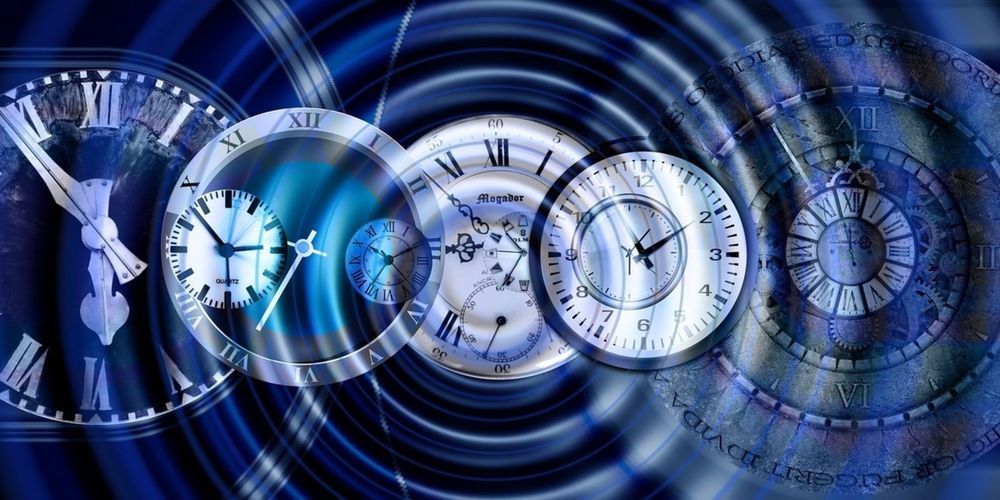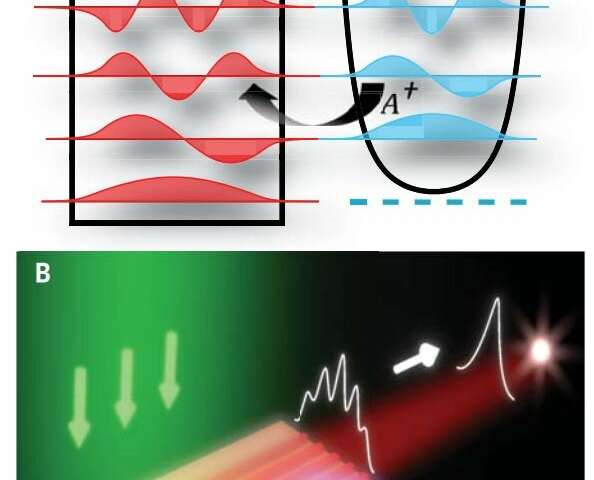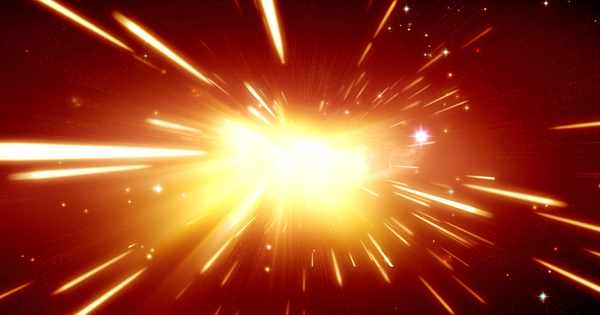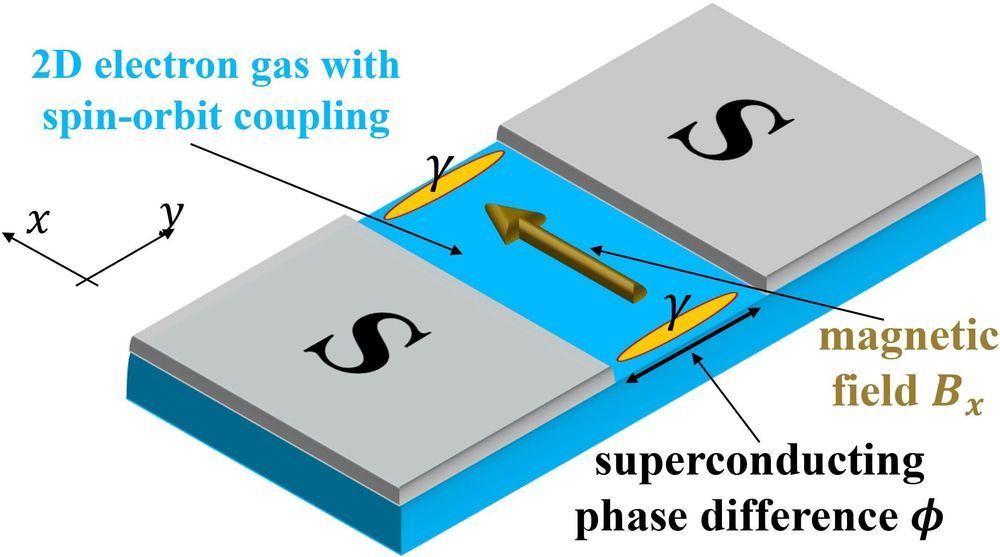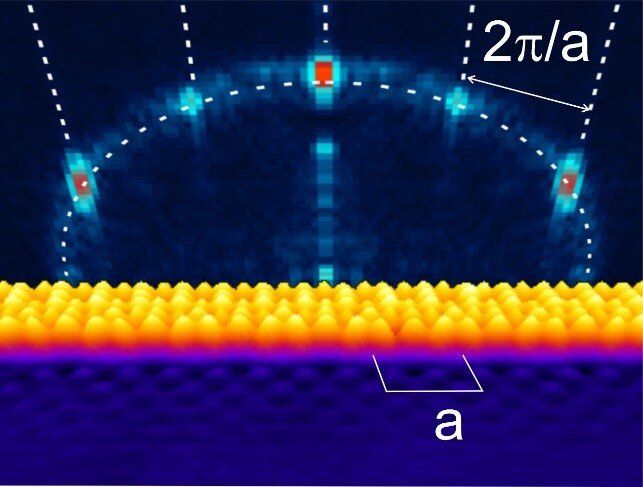Given that everything at its base atom is moving maybe our interpretation of reality may be different than its actuality. From shooting photons bouncing off surfaces the world is a cacophony of all sorts of things happening at once.
A provocative new column in Scientific American floats the idea that what’s fundamentally real in the universe — its actual, base reality — isn’t the quarks, fields, and quantum phenomena that seem to comprise it.
Instead, according to scientist and philosopher Bernardo Kastrup, some are starting to suspect that matter itself is an illusion — and that the only real thing is information.
Information Space
The basic idea is that the physical universe exists because we perceive it — it’s a sort of mass hallucination we use to make sense of the mathematical relationships of objects.
